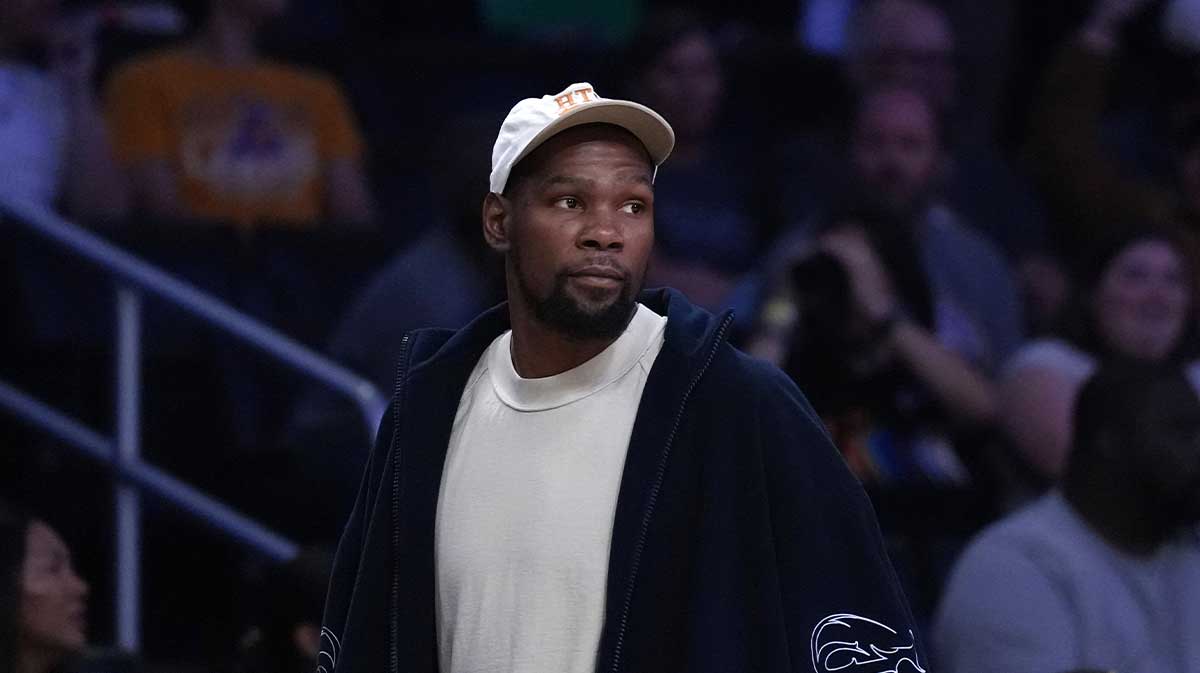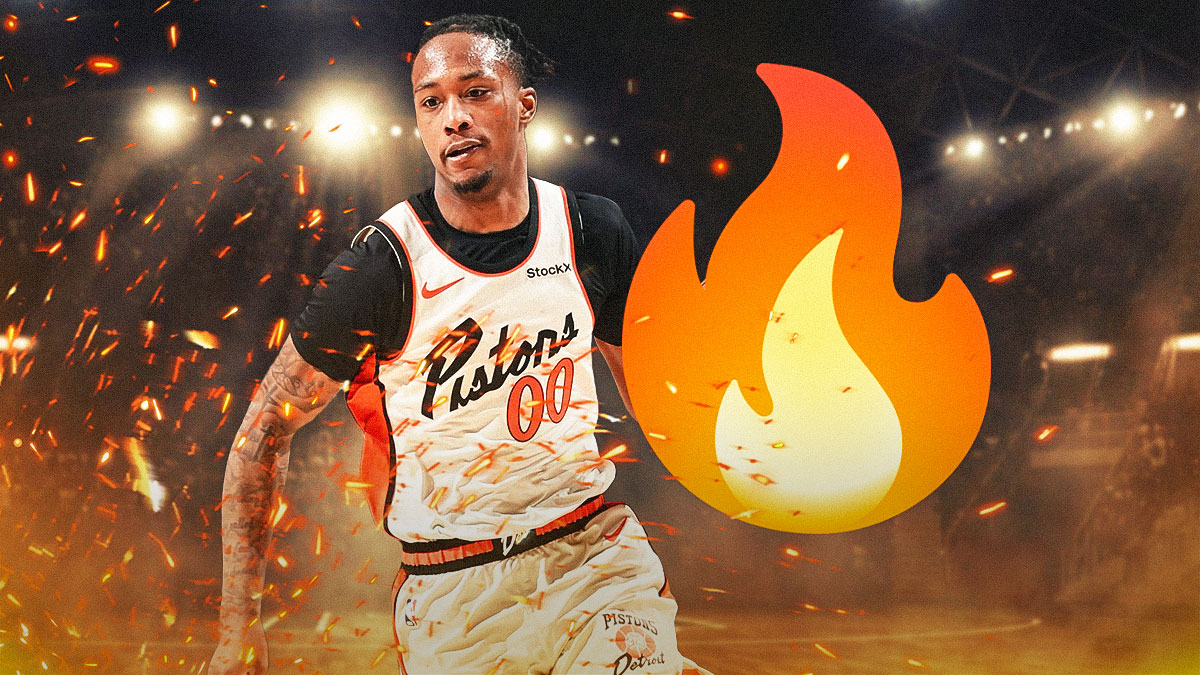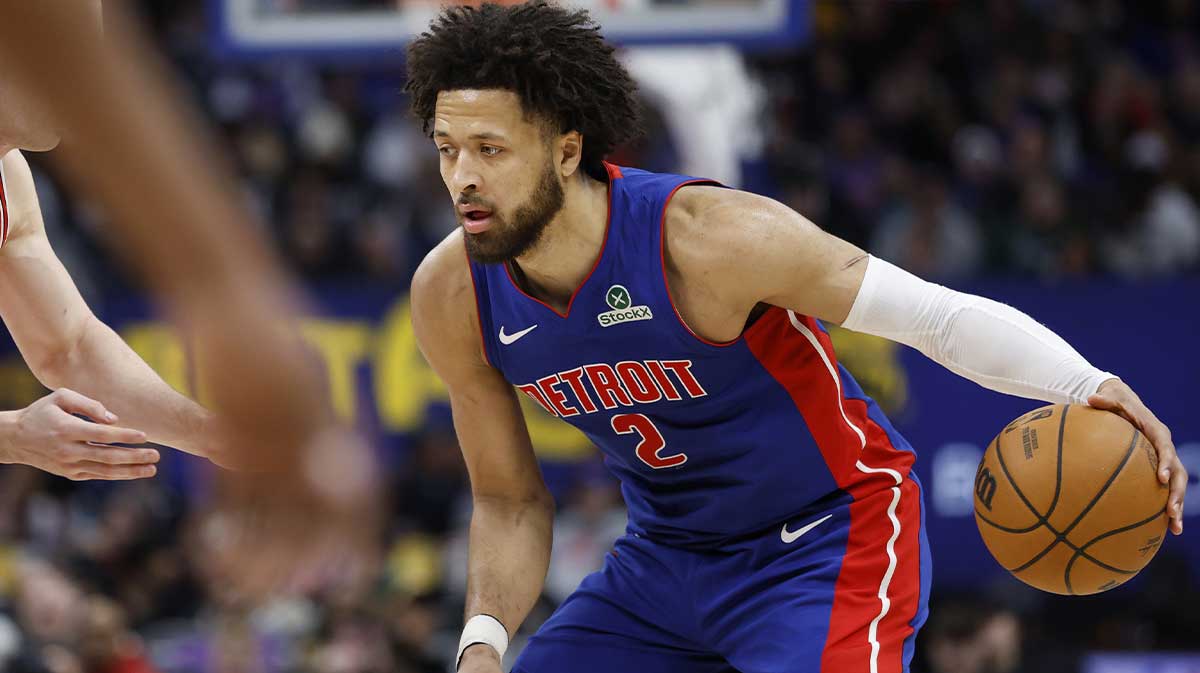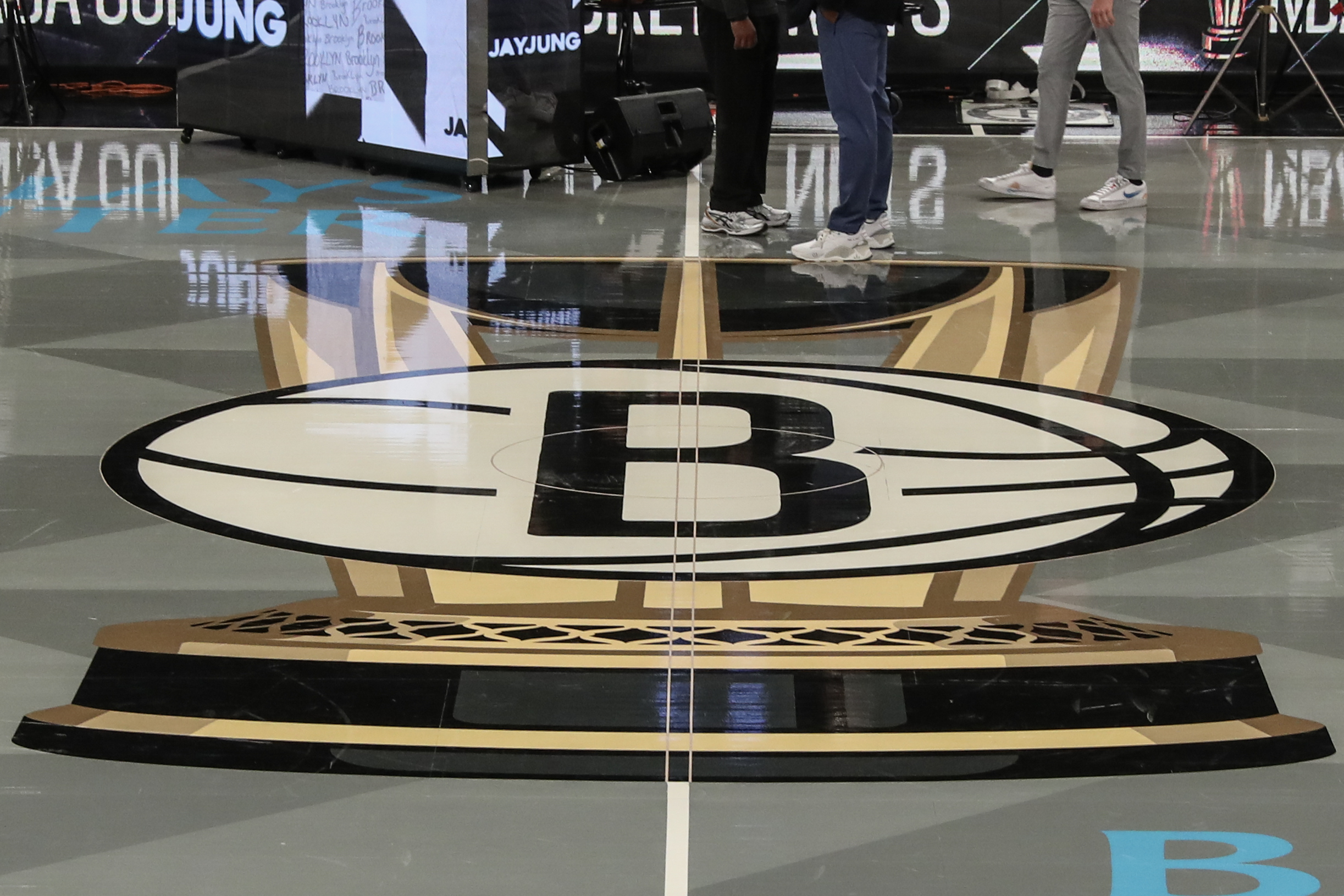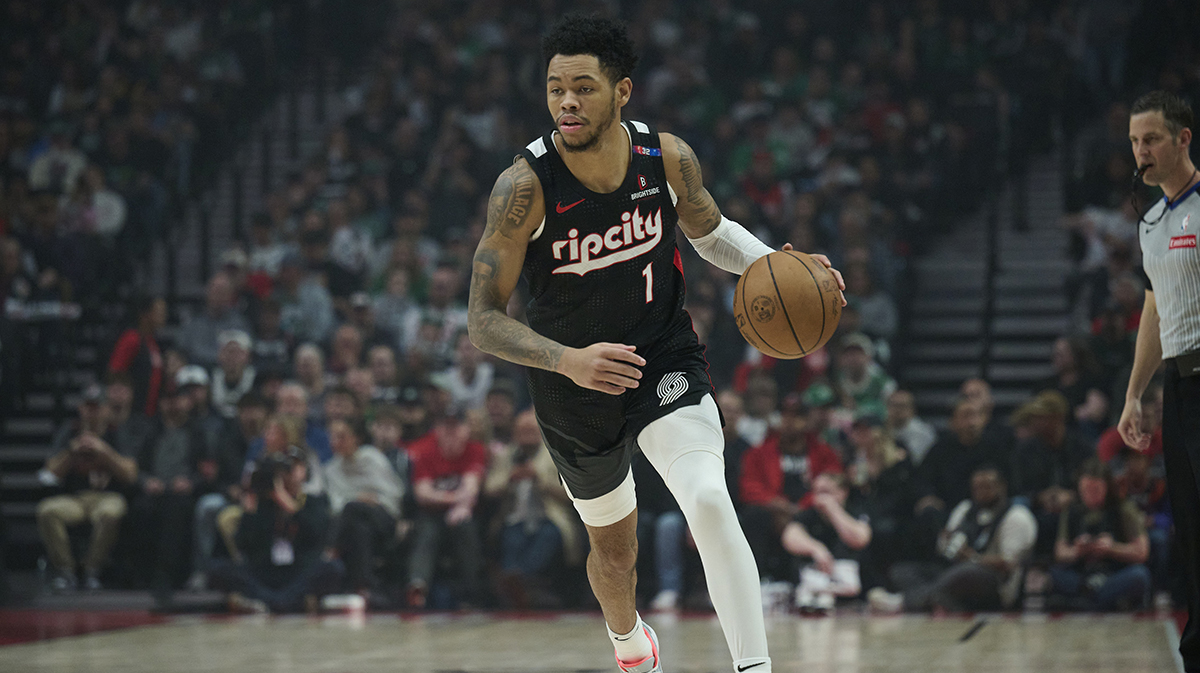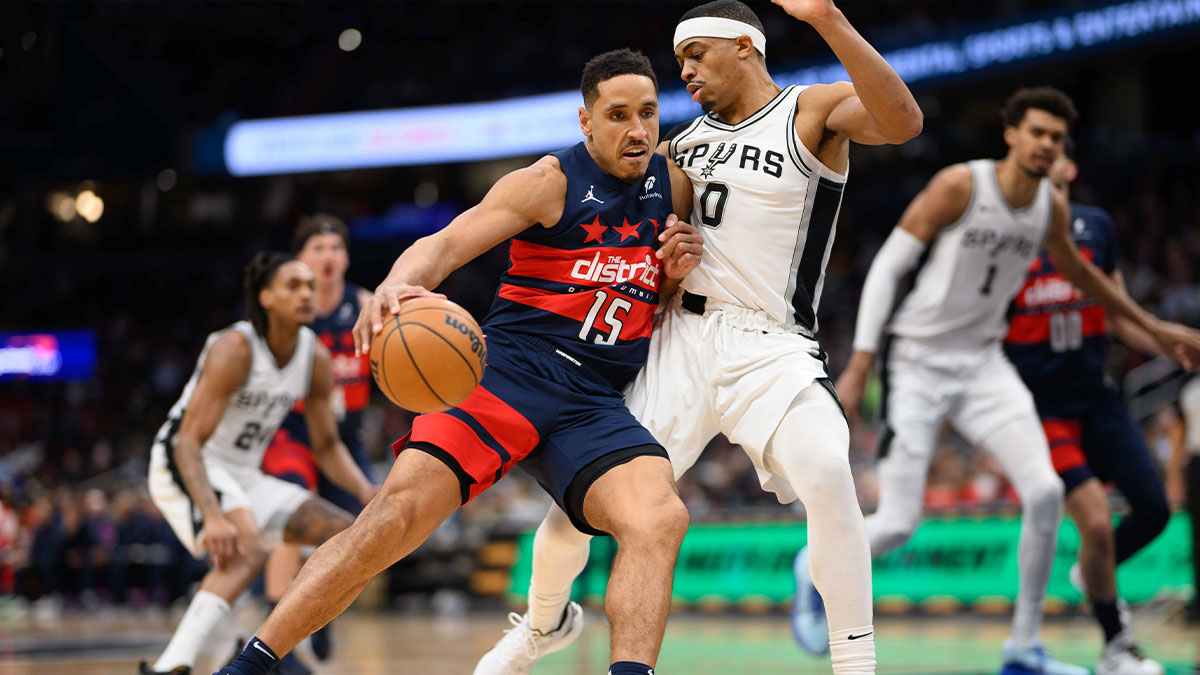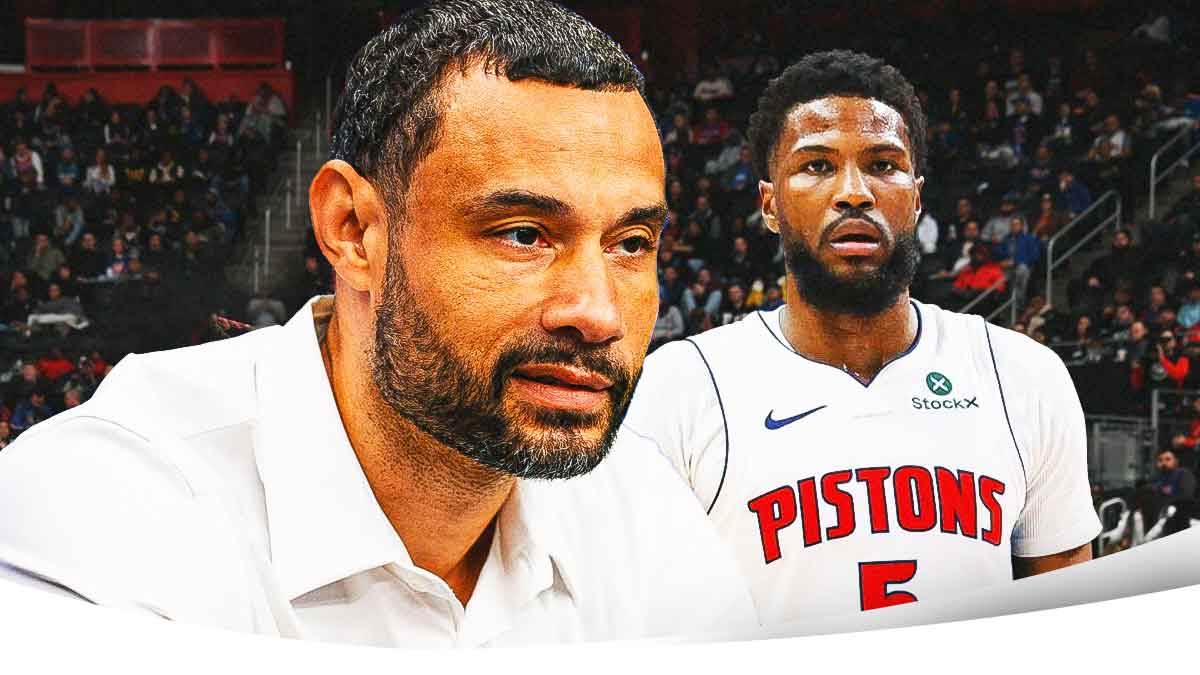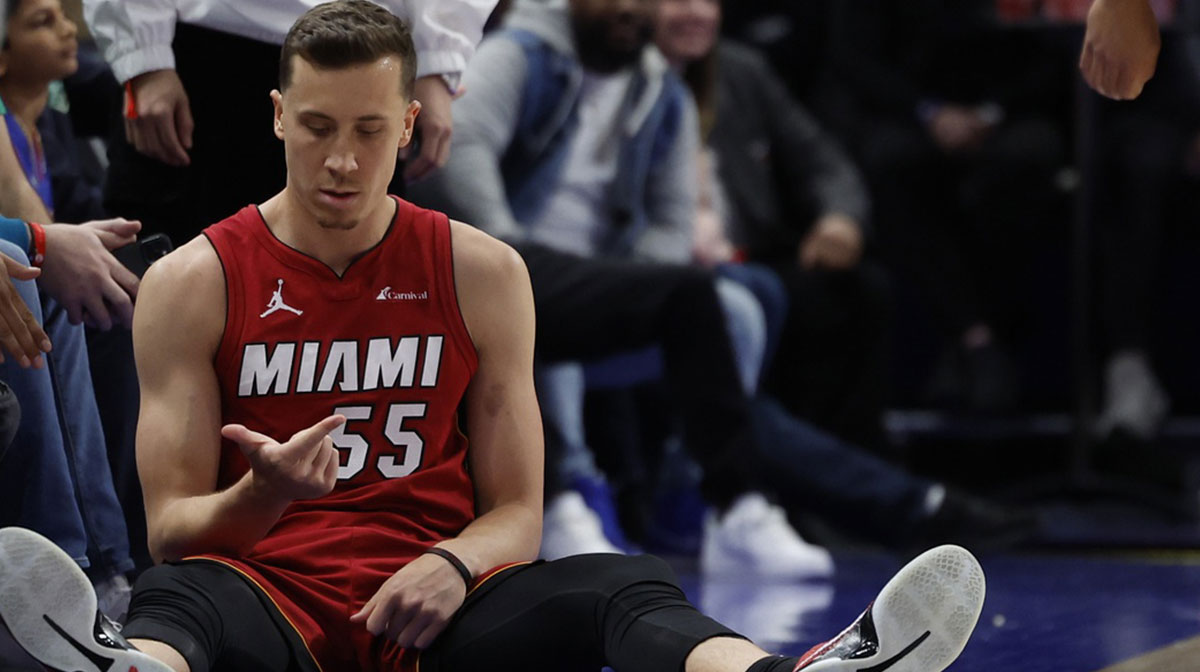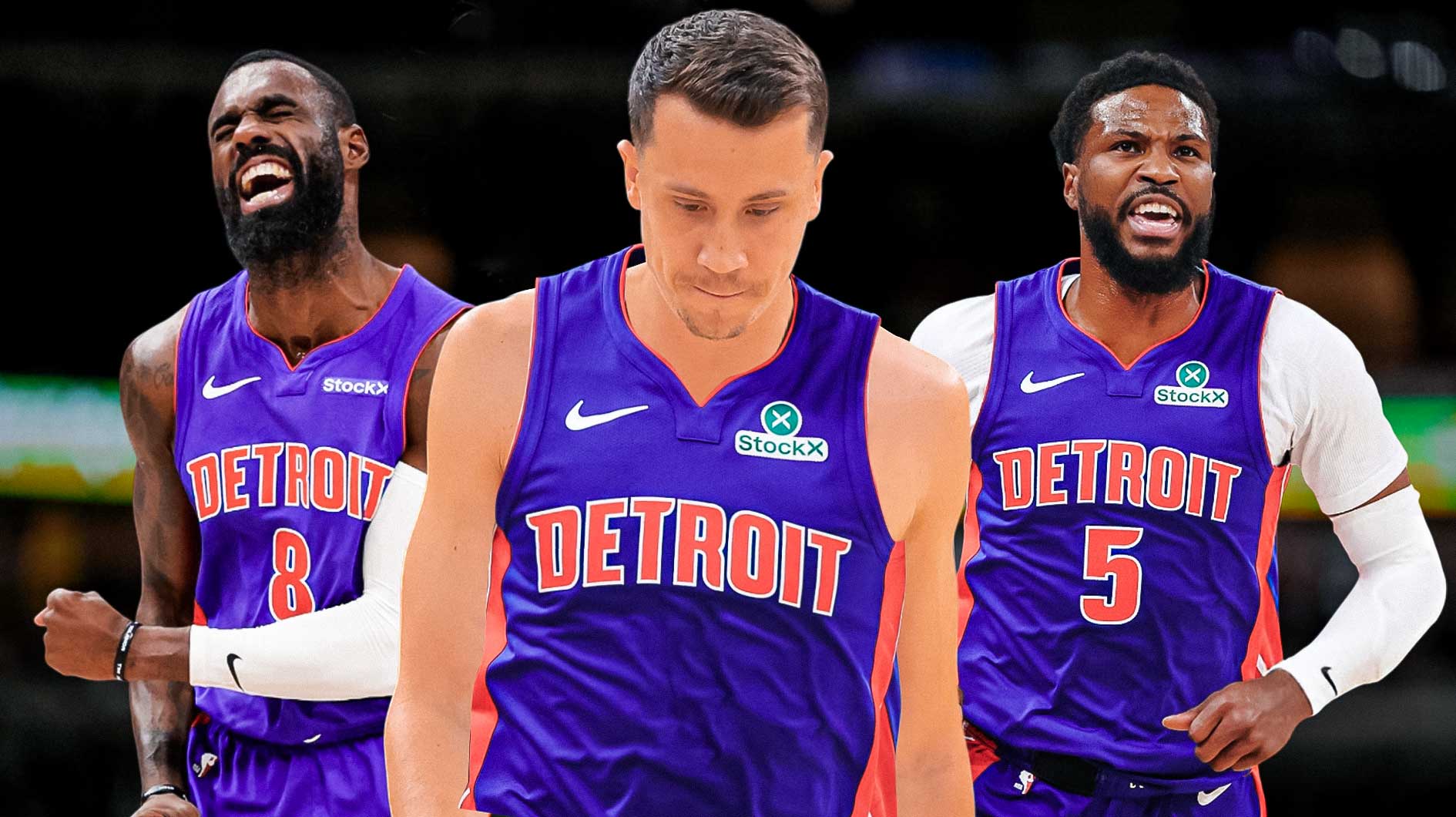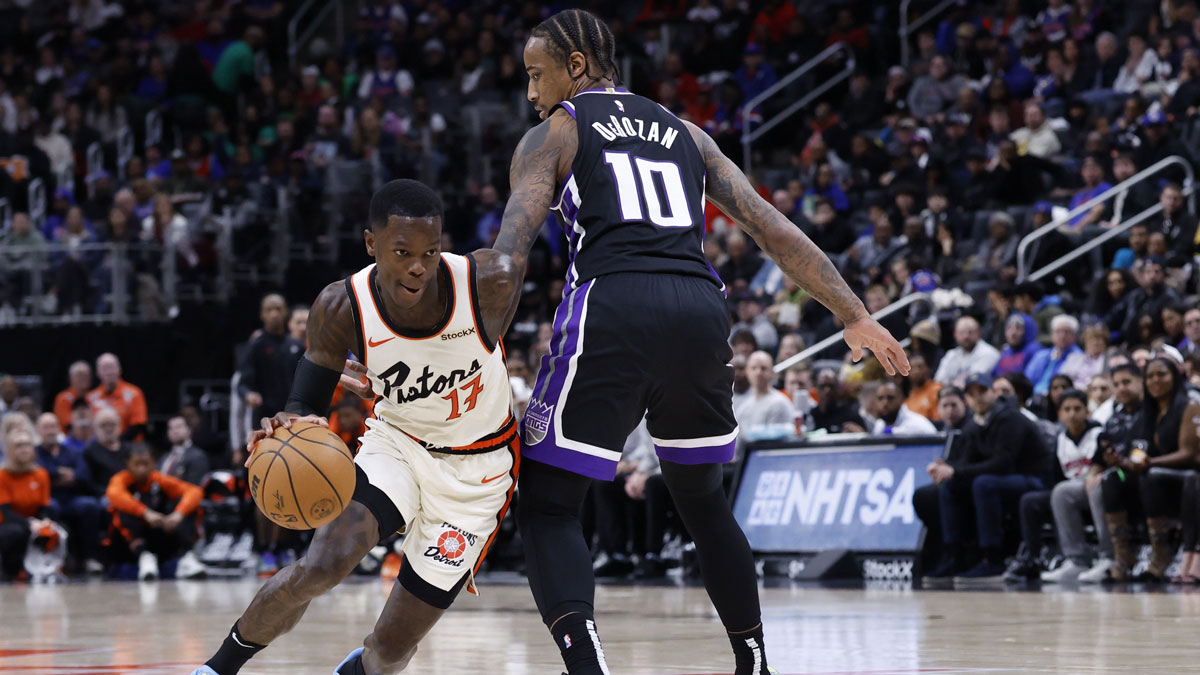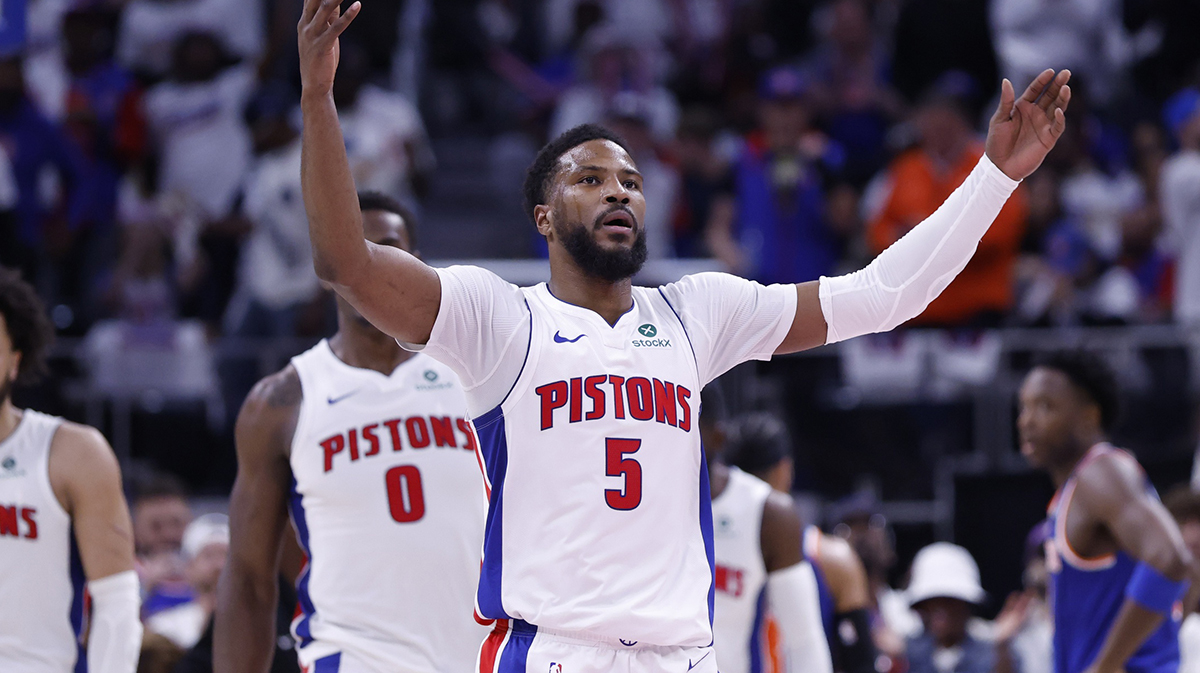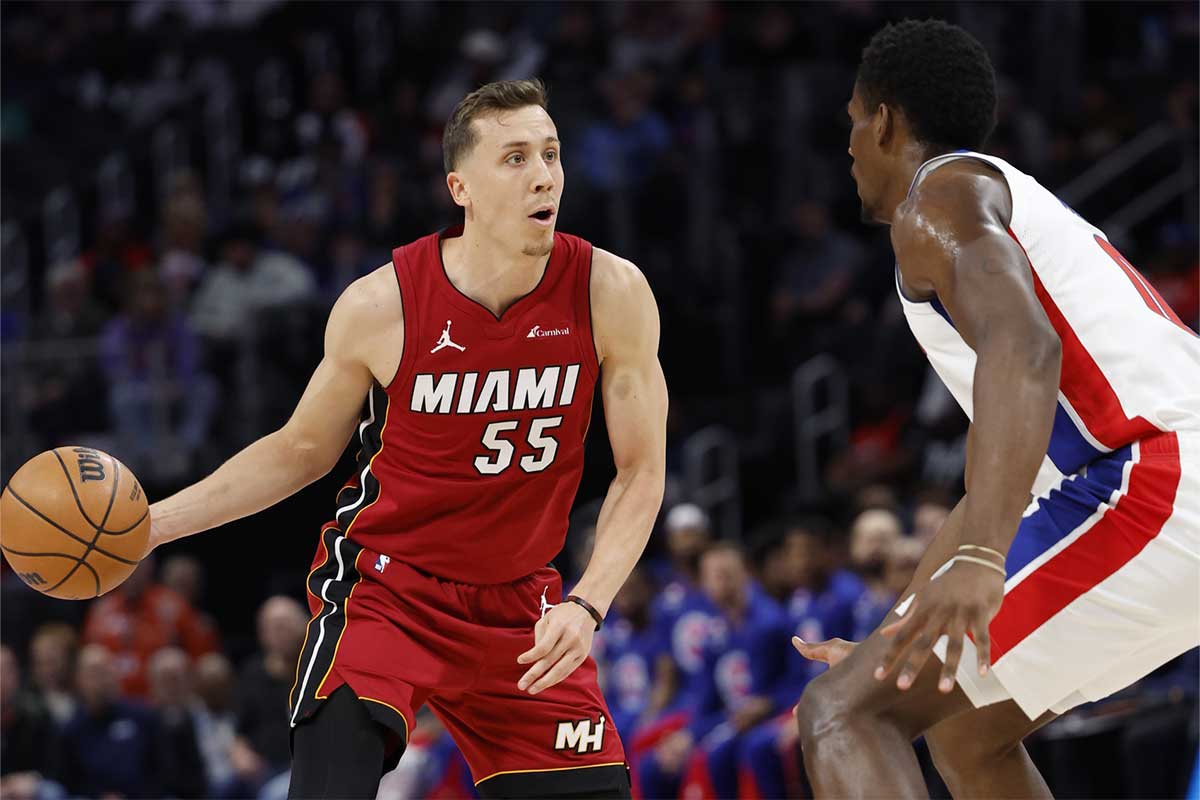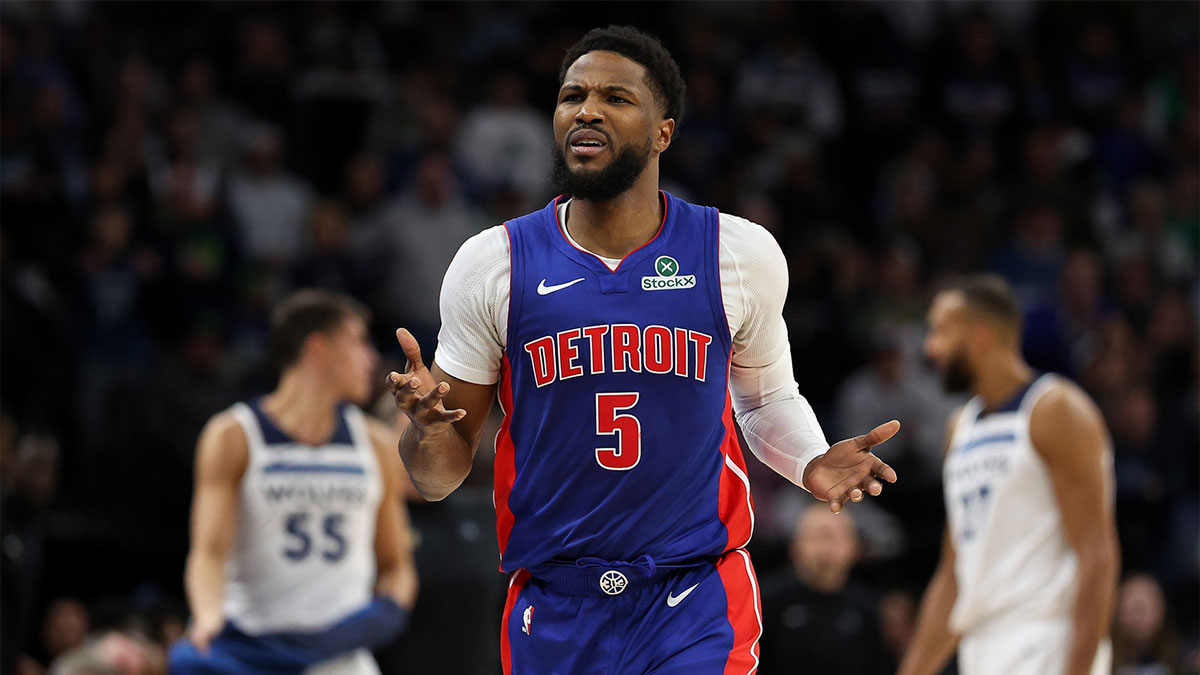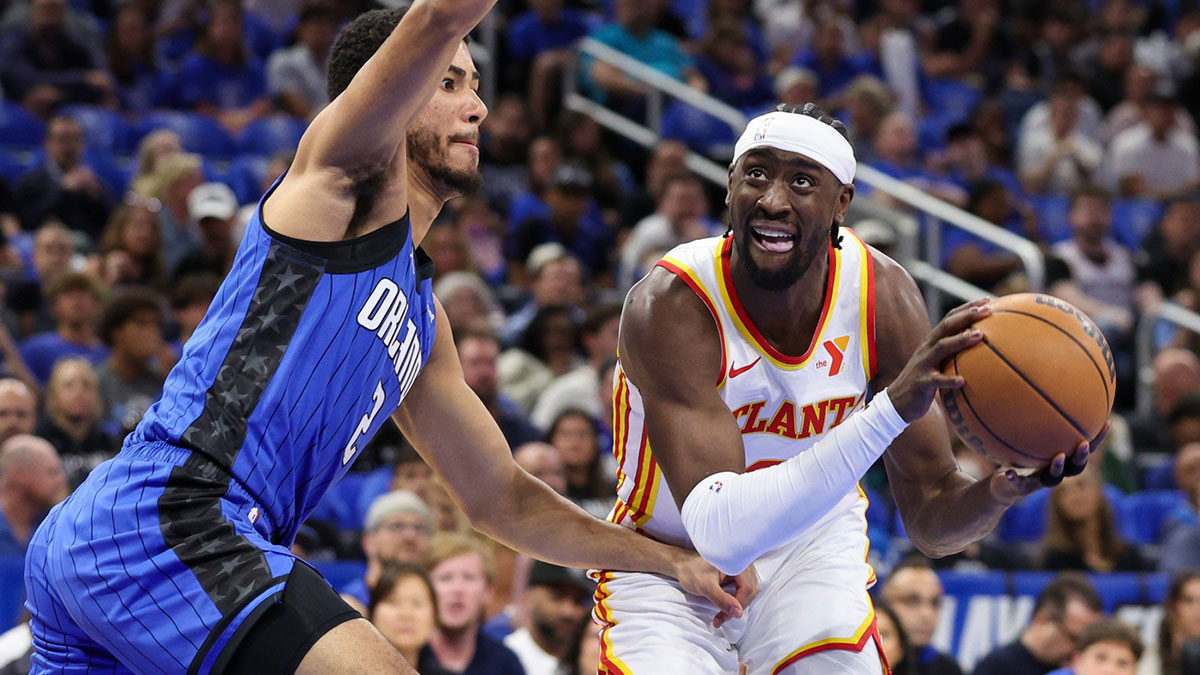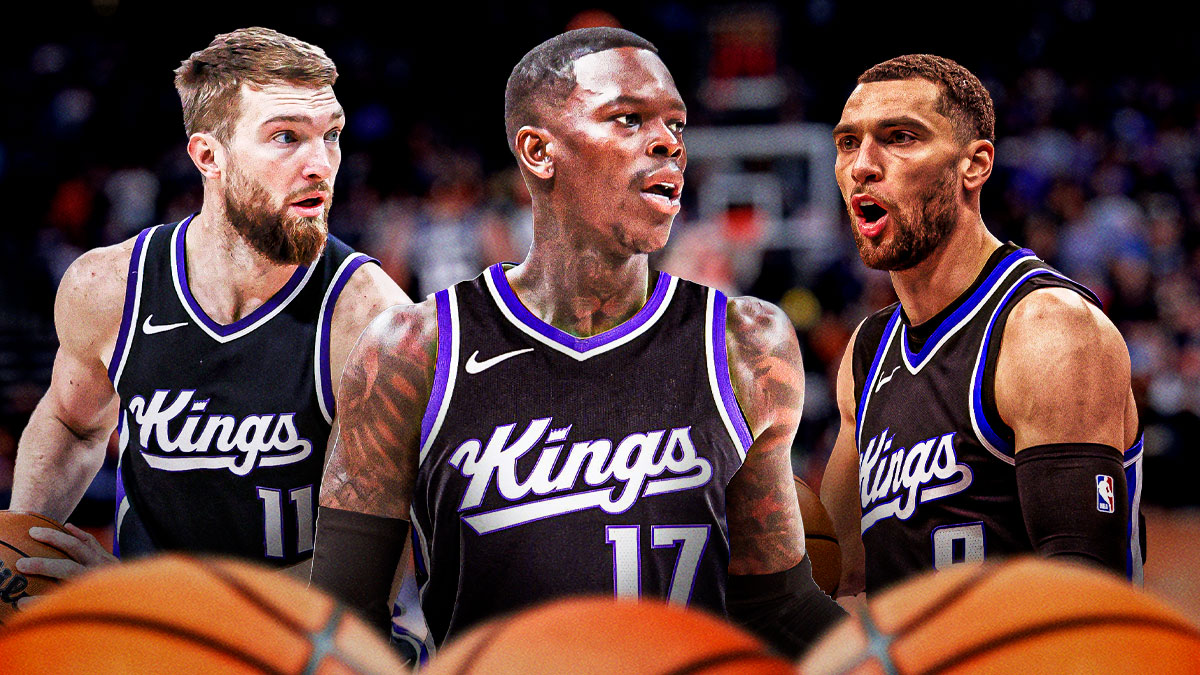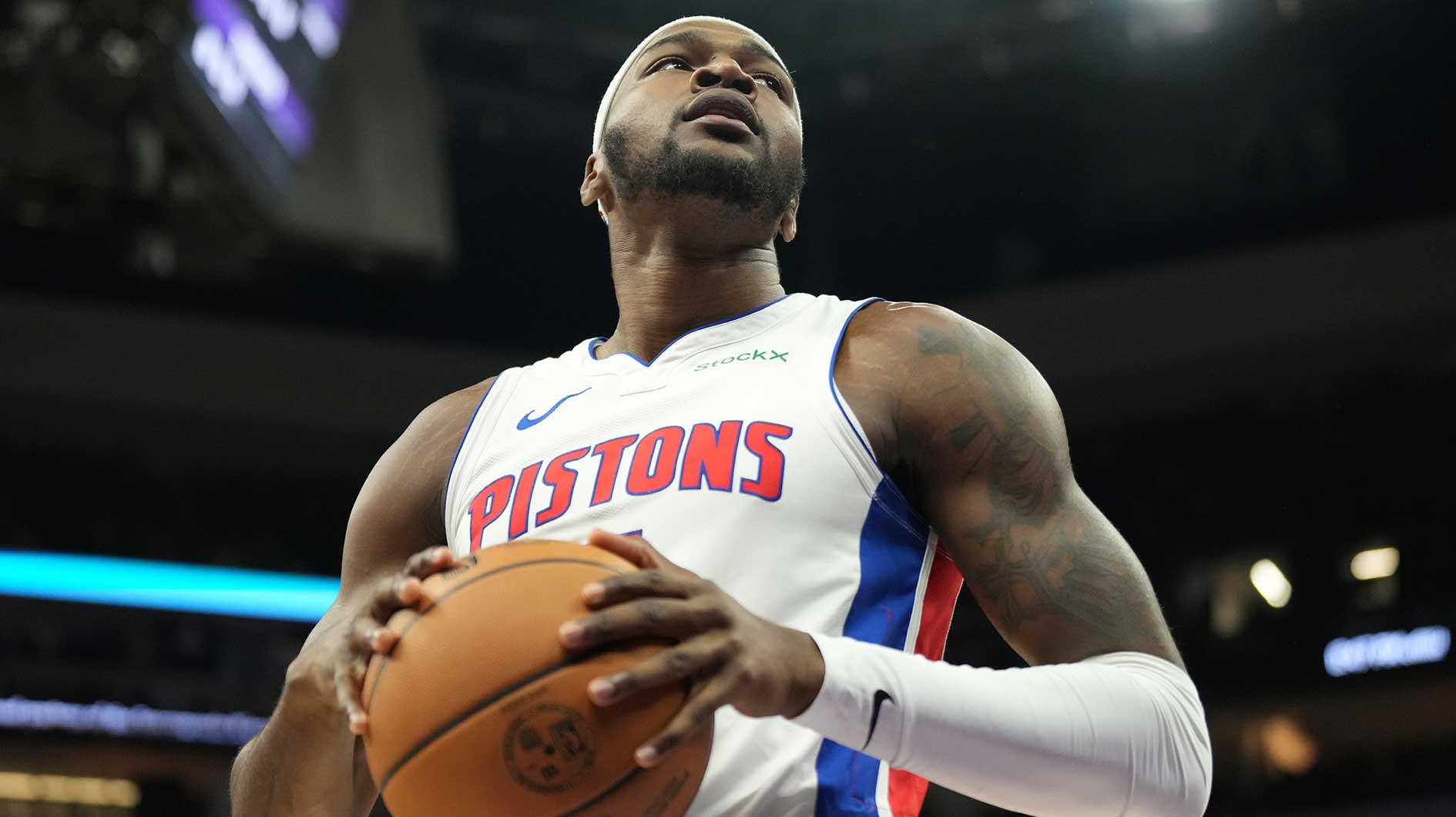The Detroit Pistons are in the midst of a nasty case of deja vu. This summer, like last, the Pistons are coming of a disappointing campaign, largely due to the injury-induced struggles of point guard Reggie Jackson. The acquisition of the point guard propelled this latest Pistons runs, his decline might end it.
A year ago, Jackson suffered through an entire season with a debilitating case of knee tendinitis. The hope was after a full offseason of rehab and therapy, focused around strengthening the ligaments in his knee and reducing wear and tear on the joint, Jackson would be back to full strength and as good as he was in 2015-16 when he led the Pistons to their first playoff appearance in almost a decade.
In 2015-16, he was the best player on the roster, setting career highs in scoring and efficiency in his first full season as a starter. In 2016-17, afflicted with tendinitis, he missed the first 21 games of the season as he recovered from platelet rich plasma injections to treat the condition. When he returned, by the end of the season he was one of the league's worst high-volume players.

Among players who appeared in 50 games or more, averaging 20 minutes or more, and with usage rates above 26 percent, Reggie Jackson was behind only Zach Randolph and Dwyane Wade in true shooting percentage. Using those same filters, he had the lowest offensive rating in the NBA at 101.7 and the worst net rating at -8.8.
The thing with knee tendinitis is its effects can flare up without warning or even pain. A player so afflicted can start to take a first step to get around his defender and that step simply won't be there. With no warning sensation of pain, sometimes the sufferer can, in real time, simply not be physically capable of a thing he achieved the previous trip down the floor.
As an observer, it can be difficult to determine whether you are seeing the symptoms or the psychological impact when a player pulls up rather than driving by a defender. Perhaps nowhere was that more evident in Jackson's case than in transition, where often straight-ahead speed from backcourt to frontcourt is what gives an offensive player his edge.

In 2016-17, Jackson had a shockingly poor output in transition, scoring a dreadful .769 points per possession. That placed him in the seventh percentile league-wide. He couldn't get by opponents in the open court, often turning the ball over in sloppy fashion. He struggled to elevate around the rim, giving defenders a tremendous advantage around the basket. His long-range passes from the backcourt to teammates streaking towards the rim were hopeless from the time they left his fingertips.
Not many teams can survive the dramatic shift of their best player essentially transforming into one of the worst players in the NBA, and of course the Detroit Pistons were no different.
As a result, hopes were high the therapy Jackson underwent would return him to form for this past season, because the alternative was most grim.
Fortunately, early returns were encouraging. He was able to play off the ball a bit more thanks to Andre Drummond shouldering some facilitation and playmaking responsibilities, and he was able to conserve his energy for later in games while sharing time with Ish Smith.
Jackson played some of the best basketball of his career in these early games. Over the first 23 games of the 2017-18 season, he shot 48.4 percent from the floor and 38.6 percent from three-point range. Most important, he had the burst and athleticism required to drive by his defender, something sorely lacking from his tendinitis-plagued 2016-17 season.
It was a tale of two seasons for Jackson and the Pistons, however. They started the season 14-6 before losing seven straight games, and around the middle of that losing streak Jackson lost some of that burst he began the season with. Whether it was fatigue after playing a full slate of games following being off the court for six months, a flaring up of tendinitis (a chronic condition that will be with Jackson for the rest of his life, it can't be cured, only managed), or something completely different, Jackson was largely ineffective and detrimental while on the floor.

Jackson only played 10 games after this hot start before suffering a grade three ankle sprain on Dec. 26 against the Indiana Pacers, an injury which would force him to miss the next 38 games. Over that 10-game span, Jackson posted a shooting percentage of 35 percent, hit just 22.2 percent of his threes and had a woeful true shooting percentage of 41.6 percent.
Upon Jackson's return to the lineup in late March, the Pistons' roster had been overhauled. Gone were Tobias Harris and Avery Bradley, and Blake Griffin had been acquired via trade with the Los Angeles Clippers. He was eased back onto the court and had both good and bad performances, but the overall body of work left some to be desired.
In the closing stanza of his season, Jackson shot 38 percent, once again hit just 22.2 percent of his threes and recorded a true shooting percentage of 45.9 percent.
If we divide Jackson's season into his first 23 games, in which he had spring in his step and there were NBA defenders he could reliably get by, and his final 22 games, in which he did not and there were not, we see a stark contrast.
In Jackson's final 22 games, he posted a 44.2 percent true shooting rate while recording a ball-dominant 28.1 percent usage. Again, the clearest metric to demonstrate Jackson's ability to get down the floor and to the basket is transition play, and he scored a barely fathomable 0.6 points per possession at a play type which is ostensibly the easiest to score from in basketball.

Considering the chronic nature of knee tendinitis (and its obvious manifestations from time to time last season, after ruining Jackson's previous season) and the fact a grade three ankle sprain leaves lasting damage, even the best case scenarios for Jackson and the Detroit Pistons are far from rosy.
Jackson is generally unable to play heavy minutes on a nightly basis due to asthma. He has never played more than the 30.7 minutes per game he recorded in 2015-16, his first season as an everyday starter. In Jackson's best case scenario, he is an injury-prone guard with both knee tendinitis and a flawed ankle looming large all while not being reliable for heavy minutes long into a grueling NBA season.

Pistons fans may point to their solid 25-17 record with Jackson on the floor last season, but there are levels of fool's gold at play here. They went 8-4 after his late-season return, but they only beat one team in that stretch that didn't finish in the lottery.
Reggie Jackson was Stan Van Gundy's guy, so the incoming administration and coaching staff likely feel no special loyalty to him. However, with no clear successor (Ish Smith isn't a starting point guard, Jose Calderon is most certainly not a starting point guard, last summer's so-called “Reggie Insurance” Langston Galloway may be a fine player but does not have the qualifications to play point guard in the NBA) and three years and $51 million left on his contract, there's virtually no way to move on from him or replace him should the Detroit Pistons decide to do so.

